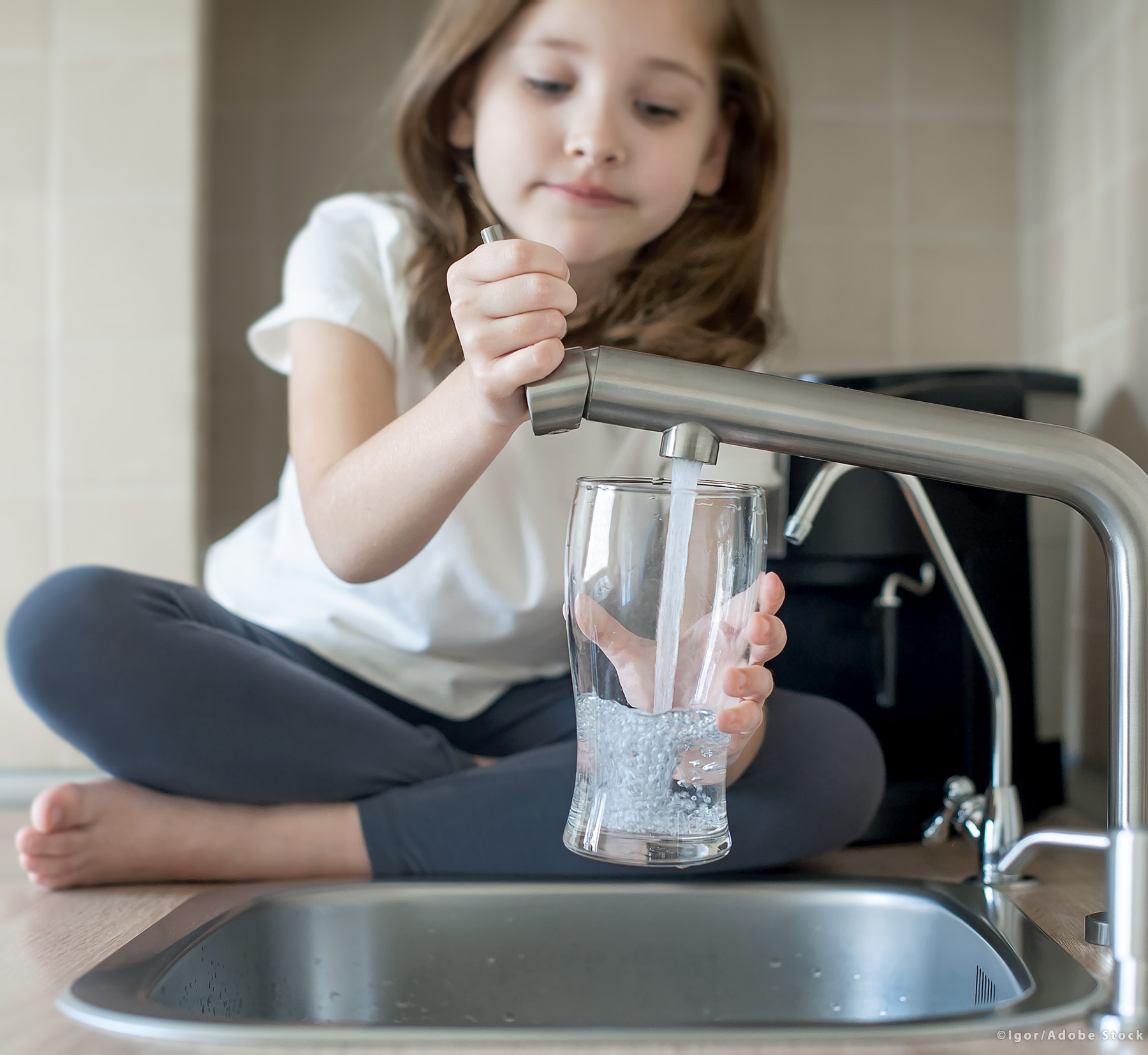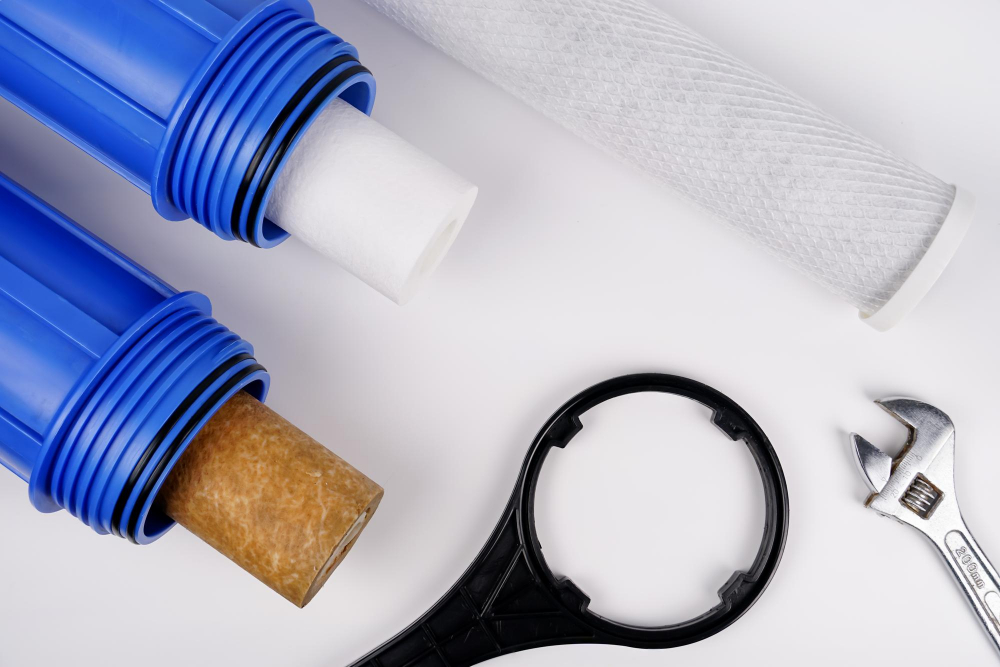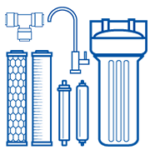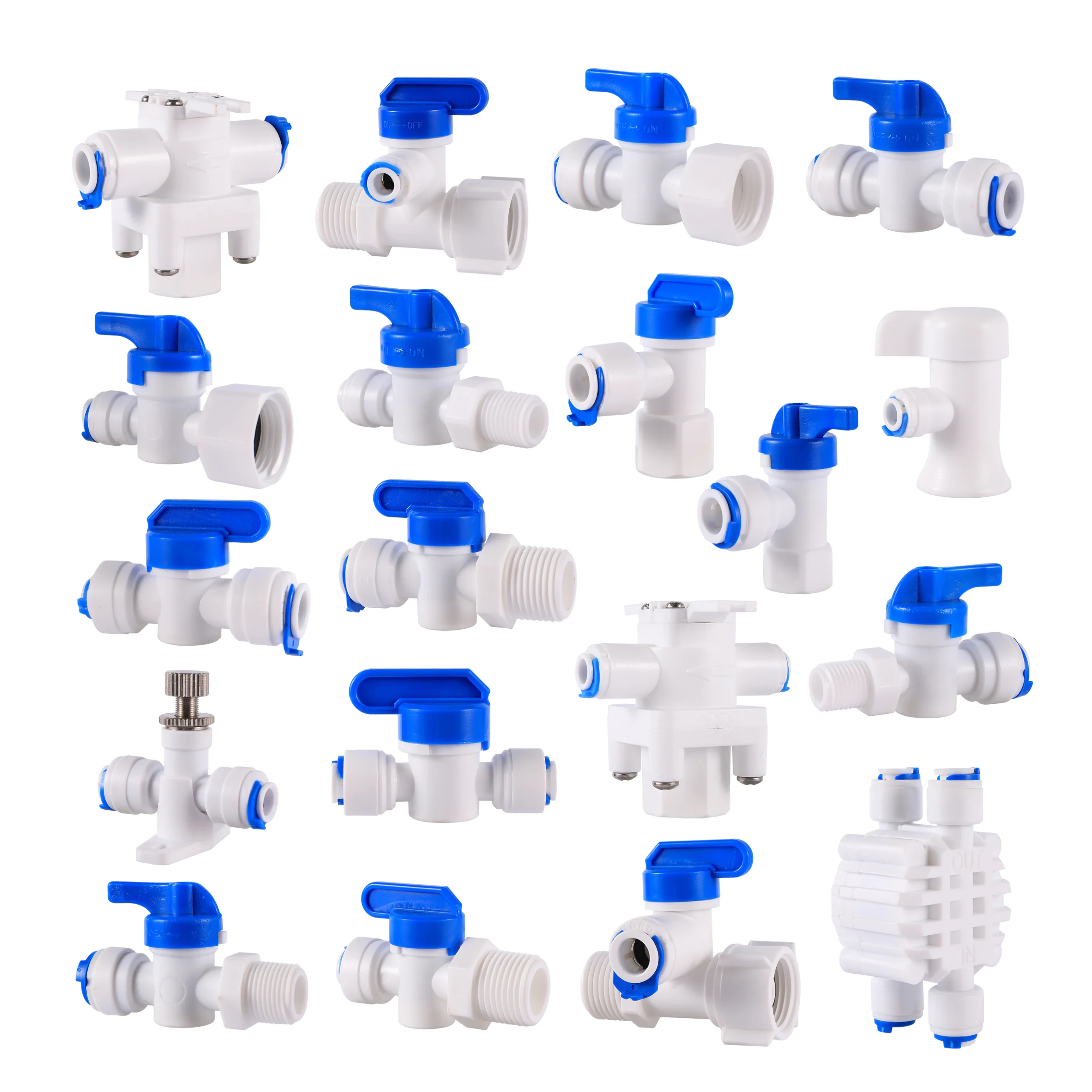Disinfection (WHO)

Disinfection is of unquestionable importance in the supply of safe drinking-water. The destruction of pathogenic microorganisms is essential and very commonly involves the use of reactive chemical agents such as chlorine. Disinfection is an effective barrier to many pathogens (especially bacteria) during drinking-water treatment and should be used for surface waters and for groundwater subject to faecal contamination. Residual disinfection is used to provide a partial safeguard against low level contamination and growth within the distribution system Chemical disinfection of a drinking-water supply that is faecally contaminated will reduce the overall risk of disease but may not necessarily render the supply safe.
For example, chlorine disinfection of drinking-water has limitations against the protozoan pathogens in particular Cryptosporidium and some viruses. Disinfection efficacy may also be unsatisfactory against pathogens within flocs or particles, which protect them from the action of disinfectants. High levels of turbidity can protect microorganisms from the effects of disinfection, stimulate the growth of bacteria and give rise to a significant chlorine demand. It is essential that an overall management strategy is implemented in which multiple barriers, including source water protection and appropriate treatment processes, as well as protection during storage and distribution, are used in conjunction with disinfection to prevent or remove microbial contamination.
Disinfection should not be compromised in attempting to control disinfection by products. (WHO)
The use of chemical disinfectants in water treatment usually results in the formation of chemical by-products. However, the risks to health from these by-products are extremely small in comparison with the risks associated with inadequate disinfec[1]tion, and it is important that disinfection efficacy not be compromised in attempting to control such by-products.Some disinfectants, such as chlorine, can be easily monitored and controlled as a drinking-water disinfectant, and frequent monitoring is recommended wherever chlorination is practised.


 Yedek Parçalar
Yedek Parçalar